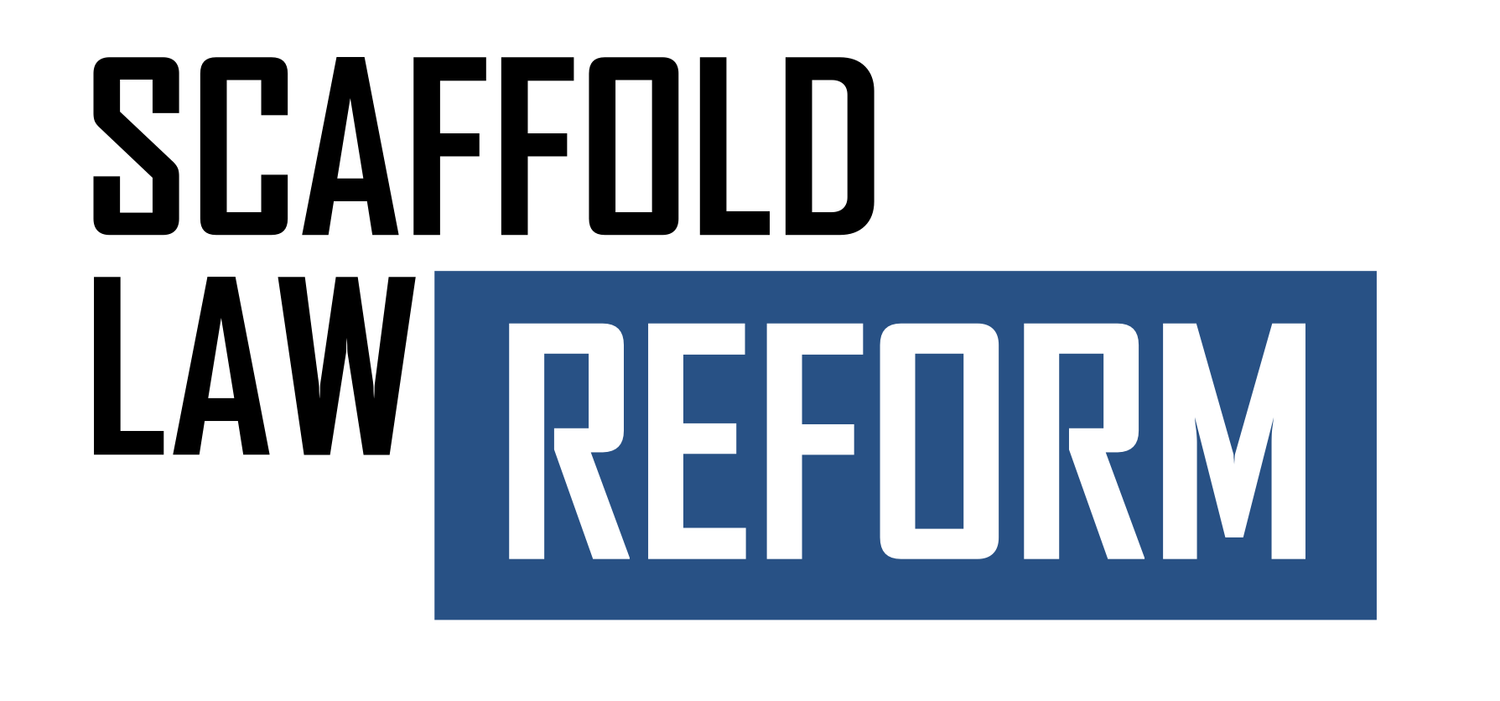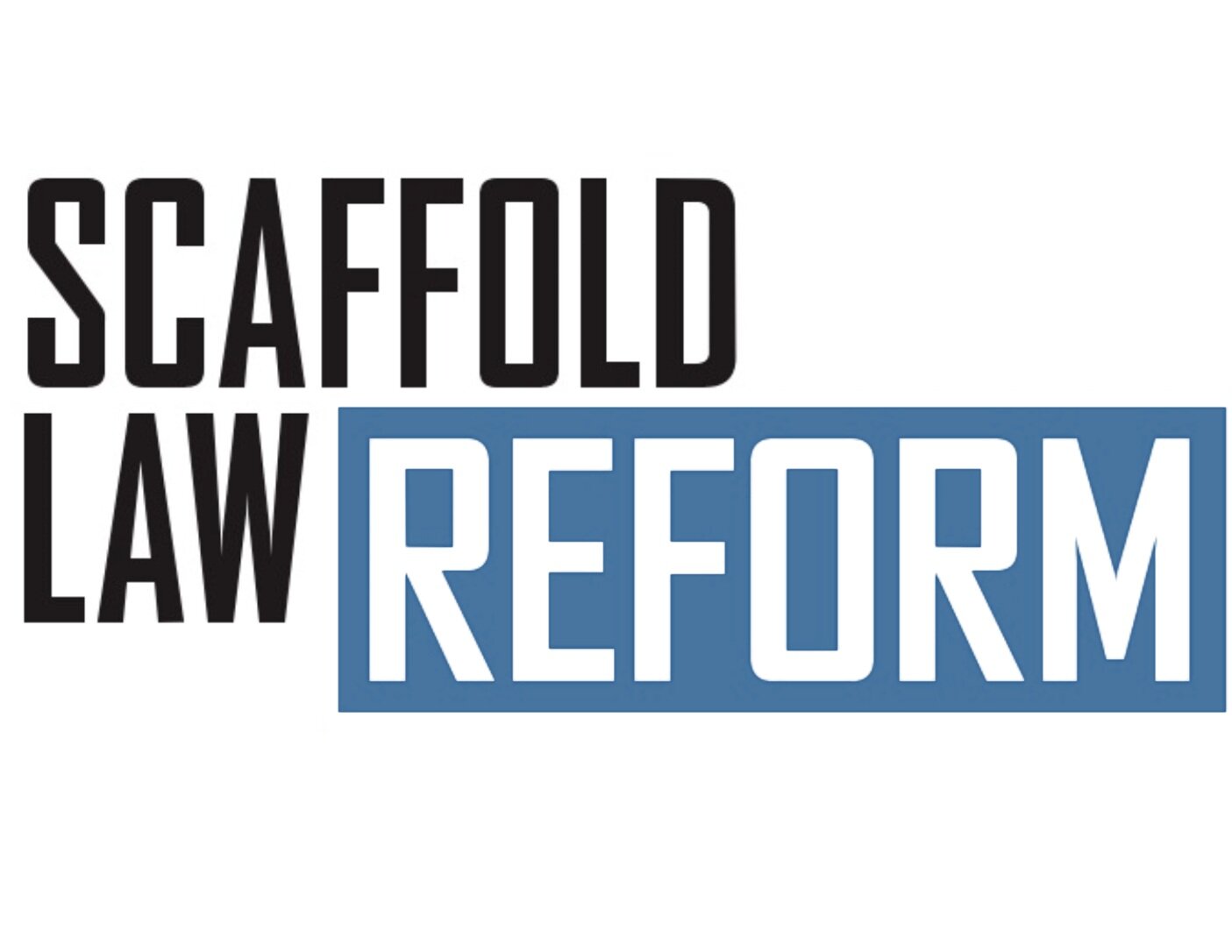Positions that Vast Majority of Mayors in NY State are Urging Elected Officials to Support
By: Mayor Mary Marvin, Esq.
I continue the Albany outlook theme but from a different bent.
The following are advocacy positions that a vast majority of mayors in the state are urging and reaching out to their respective elected officials to hopefully sponsor or support.
Again, every one of these subjects either has a financial or operational repercussion on local governments.
Recovery of Fees from Cable and Internet Providers
Unlike traditional cable services for which local franchising authorities receive 5% of the gross revenues derived from the operation of the cable system, Internet television and digital streaming alternatives, delivered via the same infrastructure, are not subject to the same revenue regulation. To recover some of these costs and assist municipalities in maintaining the public rights of way over which these services are provided, other states have adopted legislation imposing a 5% fee on digital streaming providers that are using the public right of way to sell their services. The New York Conference of Mayors supports analogous legislation.
Reduce the Interest Rate on Judgments from 9% to a Market Rate
Pursuant to New York State General Municipal Law, “the interest rates on judgments paid by a local government shall not exceed 9%.” Despite this language, more often than not, courts uniformly apply the 9% rate.
While the requirement to pay interest on judgments is fair and equitable, the artificially higher rate of interest creates a barrier to appeal since municipal defendants risk your tax dollars having to pay substantial interest costs if the appeal is unsuccessful. This deters municipal defendants from appealing, even if we believe we have a strong case. Conversely, the current interest rate acts as an incentive for plaintiffs to unnecessarily delay proceedings. Mayors would like to see the interest rate tied to a market rate perhaps the one year United States treasury bill rate.
Increase the Amount a Public Employee Retiree Can Earn Without a Pension Impact.
As background, very often it makes prudent financial sense for a municipality to hire an expert, be it a building inspector or assessor, after they have retired from another municipality to work on a part-time basis. The new municipality does not have the funding obligation for pensions or health care which are significant financial burdens.
Under current New York State law, a retiree receiving a public pension is prohibited from earning more than $35,000 per year in public employment without incurring a potential reduction in their pension benefits. Often, the result is that hourly professional staffers have to quit midyear when they see their numbers creeping up to $35,000. The Mayors Association would like to see an increase to $50,000. This change would help local governments hold the line on escalating employee benefits by going the independent contractor route.
Authorization for the Installation of Speed Cameras
Red light and speed cameras have been authorized by the state legislature on a limited basis in specific municipalities across New York including our neighboring Yonkers. This technology has proven to be a cost-effective tool for local governments to help reduce running red lights and speeding in pedestrian friendly neighborhoods and school zones. As a result, mayors are advocating for the authority to install and enforce red light and speed cameras statewide.
Design-Build Construction Model
The design-build model in a construction project is a delivery system used as an alternative to the traditional design-bid-build model.
The latter approach, which is the only approach authorized under state law for villages and cities when pursuing building projects, requires the design portion of the project to be bid separately from the construction portion of the project.
The design-build system in contrast is an integrated method that enables local governments to obtain design and construction services under one contract.
By relying on a single point of responsibility, the design-build model minimizes risks for the project owner, accelerates the delivery schedule by consolidating the design phase and construction phase and cuts costs by streamlining the entire construction process.
Several state agencies, including the Department of Environmental Conservation, the Department of Transportation, the Thruway Authority, SUNY and the Bridge Authority are currently authorized to use design-build.
Authorizing design-build for municipal governments would enable local governments to reduce costs, thus encouraging continuing development in communities.
Bail Reform
In 2022, the state legislature addressed several concerns pertaining to the repercussions of the bail reforms of 2019. However, more needs to be done. The law should be amended to increase the number of offenses that are bail eligible and to allow judges to consider an expanded list of criteria and be authorized to undertake a comprehensive, balanced assessment of “dangerousness” as a factor when making a bail determination. This standard of “dangerousness” is used in the vast majority of other states.
Privacy of Governmental Records
While it is well-established that public employees enjoy a lesser degree of privacy than their counterparts in the private sector, the New York State Committee on Open Government has long held that unfounded and/or unsubstantiated claims against a public employee may be withheld from disclosure on the basis that it could constitute an invasion of personal privacy. The Mayors’ Conference recommends that the Public Officers Law be amended to codify into law this guidance to protect public servants from having to defend their reputations against unfounded and or unsubstantiated claims.
Employee Leave Schedule
The NYS General Municipal Law grants municipalities the authority to establish policies related to their employees’ vacation time, sick leave and leaves of absence.
The ability for a municipality to manage their workforce is extremely important as personnel is the largest cost driver in the municipal budget.
Nevertheless, it has become increasingly common place for the state legislature to pass bills mandating certain types of leave policies, without acknowledging and funding the costs associated with them.
The mayors support legislation that would prohibit the state from enacting mandated public employee leave time laws unless funding is appropriated to offset the costs associated with such leave.
New York State Scaffold Law
Enacted in 1885, New York’s scaffold law holds contractors, employers and property owners absolutely liable for gravity related injuries, even if the worker was grossly negligent.
Since municipalities are large property owners, we are faced with widespread liability for accidents that occur on work sites often beyond our supervision. Studies have proven that general liability insurance premiums have skyrocketed due to increased litigation resulting from our scaffold law. In fact, in New York, the only state left with this law on the books, insurance premiums are 300% to 1200% higher than in any other state in the country.
As a result, municipalities involved in construction projects are faced with significantly higher construction costs. Following our neighboring states, we recommend a comparative negligence standard for personal injury, property damage or wrongful death actions arising under the scaffolding law. This legislation would create a more equitable standard by holding employees who directly contributed to their own injuries liable for the apportionment of fault.
Our eye on Albany….to be continued.

